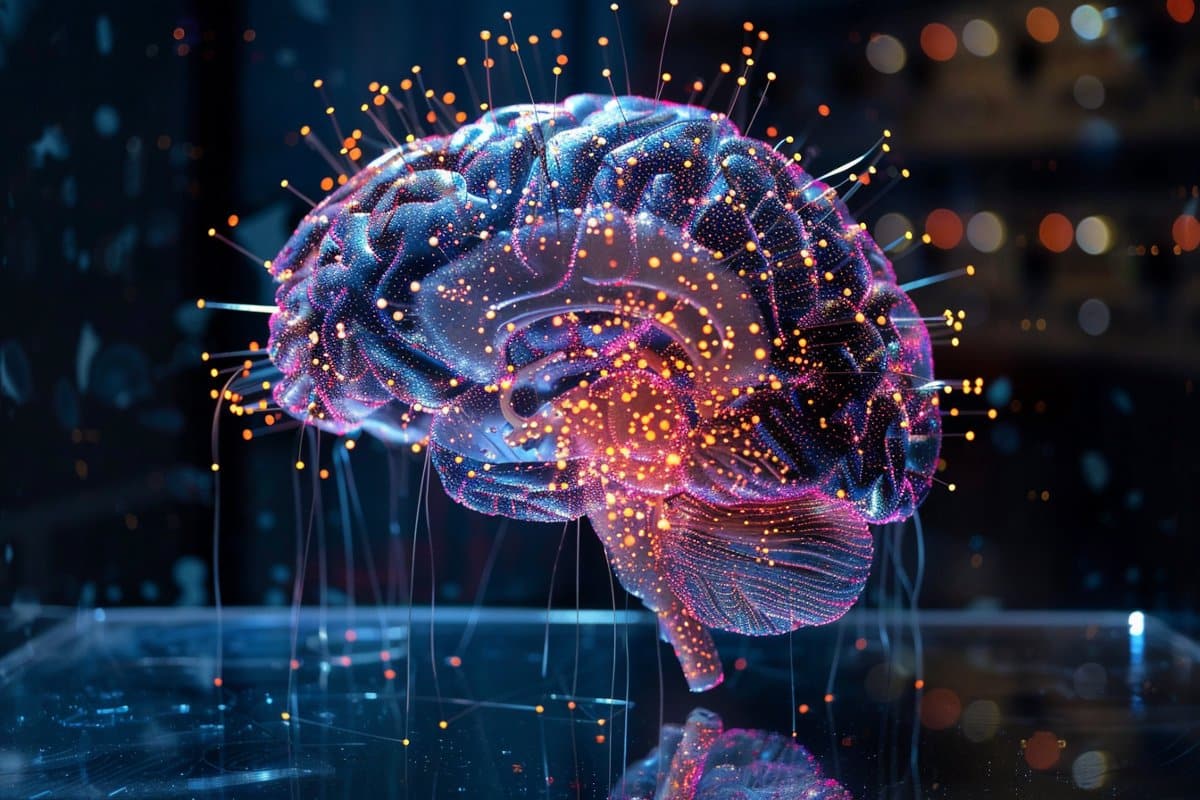Polymer brush films consists of monomer chains grown in shut proximity on a substrate. The monomers, which appear to be “bristles” on the nanoscale, type a extremely useful and versatile coating such that it may selectively adsorb or repel a spread of chemical compounds or organic molecules. For occasion, polymer brush films have been used as a scaffold to develop organic cells and as protecting anti-biofouling coatings that repel undesirable organic organisms.As anti-biofouling coatings, polymer brushes have been designed based mostly totally on the interplay between monomers and water molecules. While this makes for easy design, quantitative prediction of the adsorption of biomolecules, akin to proteins, onto monomers have proved difficult owing to the advanced interactions concerned.Now, in a latest research printed in ACS Biomaterials Science & Engineering, a analysis group led by Associate Professor Tomohiro Hayashi from Tokyo Institute of Technology (Tokyo Tech), Japan, has used machine learning to foretell these interactions and determine the movie traits which have a major affect on protein adsorption.In their research, the crew fabricated 51 completely different polymer brush films of completely different thicknesses and densities with 5 completely different monomers to coach the machine learning algorithm. They then examined a number of of these algorithms to see how properly their predictions matched up in opposition to the measured protein adsorption. “We examined a number of supervised regression algorithms, particularly gradient boosting regression, help vector regression, linear regression, and random forest regression, to pick out probably the most dependable and appropriate mannequin in phrases of the prediction accuracy,” says Dr. Hayashi.Out of these fashions, the random forest (RF) regression mannequin confirmed the perfect settlement with the measured protein adsorption values. Accordingly, the researchers used the RF mannequin to correlate the bodily and chemical properties of the polymer brush with its capacity to adsorb serum protein and permit for cell adhesion.“Our analyses confirmed that the hydrophobicity index, or the relative hydrophobicity, was probably the most crucial parameter. Next in line have been thickness and density of polymer brush films, the quantity of C-H bonds, the online cost on monomer, and the density of the films. Monomer molecular weight and the quantity of O-H bonds, however, have been ranked low in significance,” highlights Dr. Hayashi.Given the extremely different nature of polymer brush films and the a number of elements that have an effect on the monomer-protein interactions, adoption of machine learning as a technique to optimize polymer brush movie properties can present a superb place to begin for the environment friendly design of anti-biofouling supplies and useful biomaterials. /Public Release. This materials from the originating group/writer(s) could also be of a point-in-time nature, edited for readability, fashion and size. The views and opinions expressed are these of the writer(s).View in full right here.
https://www.miragenews.com/machine-learning-enables-optimal-design-of-anti-830974/




